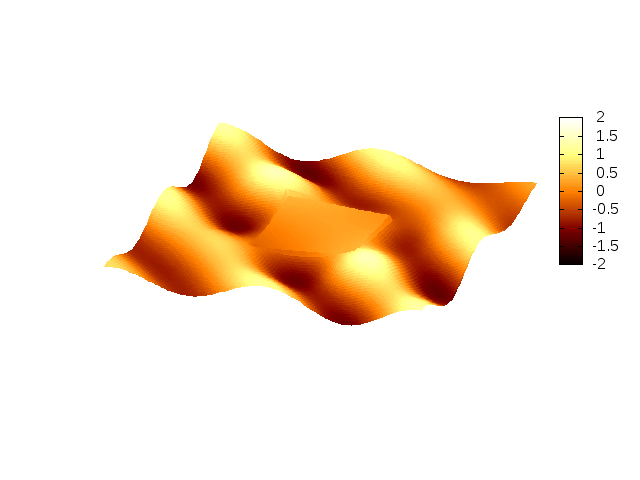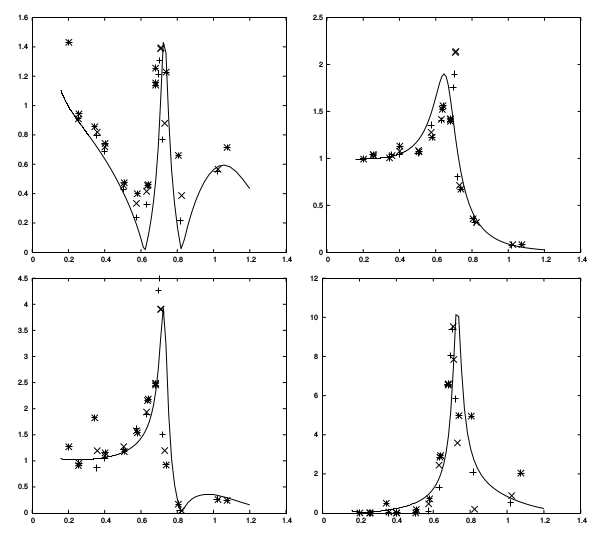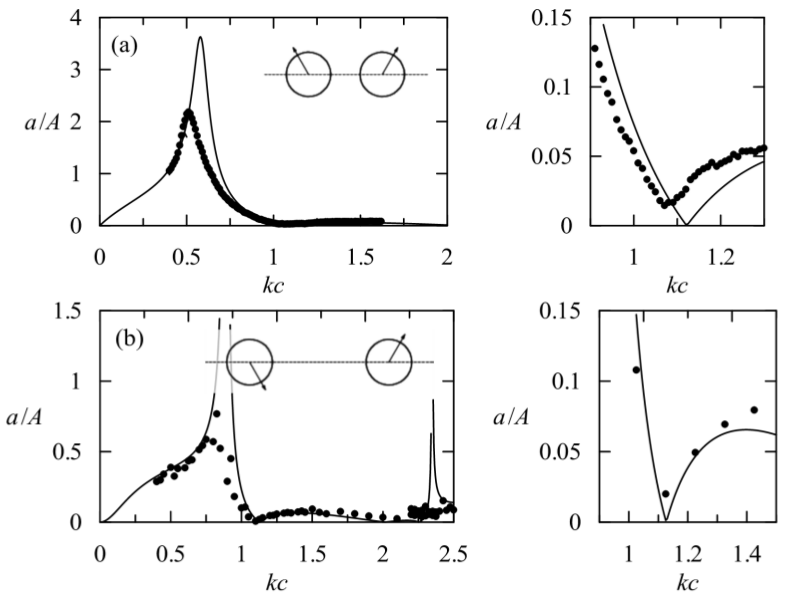|
Research Interests
|
|
Pooh, his back against one of the trees, and his paws folded in front of him, said "Oh!" and "I didn't know," and thought how wonderful it would be to have a Real Brain which could tell you things. He shook his head, and said to himself, "I'm not getting it right." A.A.Milne
|
|
Developing and implementing analytic techniques for solving
boundary-value problems arising from problems in linearised water
wave theory, acoustics, electromagnetics and elasticity.
A particular emphasis on:
- Renewables & wave power: how to convert ocean wave energy into
electrical energy.
- Invisibilty cloaking and metamaterials in water waves.
- The interaction between ocean waves and ice sheets.
- Trapped modes, edge waves and Rayleigh-Bloch waves in water waves, elasticity and acoustics.
- Wave interaction with large periodic arrays.
- Wave scattering by topography and marine structures.
|
|
People
|
- Awarded a EPSRC New Horizons grant to investigate
"Water wave metamaterials in the design of ocean wave energy converters"
- Sarah Crowley worked with me on an EPSRC funded position under INNOVATE UK on a project with WITT Ltd on wave energy converter design from 2015-2016. Now at WaveC in Portugal.
- Tim Williams worked with me on a NZ Marsden Grant on ocean wave/ice sheet interaction from 2007-2010. Now at NERSC in Norway.
|
|
Some illustrations of research
|
-
An animation of the motion of a square flexible floating ice sheet
under oblique wave incidence. Uses a powerful analytic method which only
requires the solution of typically 4x4 systems of equations.

-
A movie of experiments performed by Dominic Taunton and Philip Wilson
from Southampton University at Plymouth University's COAST wave tank facility on a primitive model of the WITT wave energy converter. Alongside is the comparison between theory and experiments for motions in heave, surge, pitch and pendulum roll.

-
A movie from experiments performed by John Chaplin at
Southampton University in a long narrow wave tank on motion trapped modes
(these are free self-sustaining motions of a coupled body/fluid system.
Alongside is the comparison between theory and experiments for the
first symmetric and first antisymmetric motion trapped modes.

-
An animation of a Gaussian beam perfectly transmitting energy through a
metamaterial slab (called a metamaterial in this case because it
has negative refractive index.)

|



